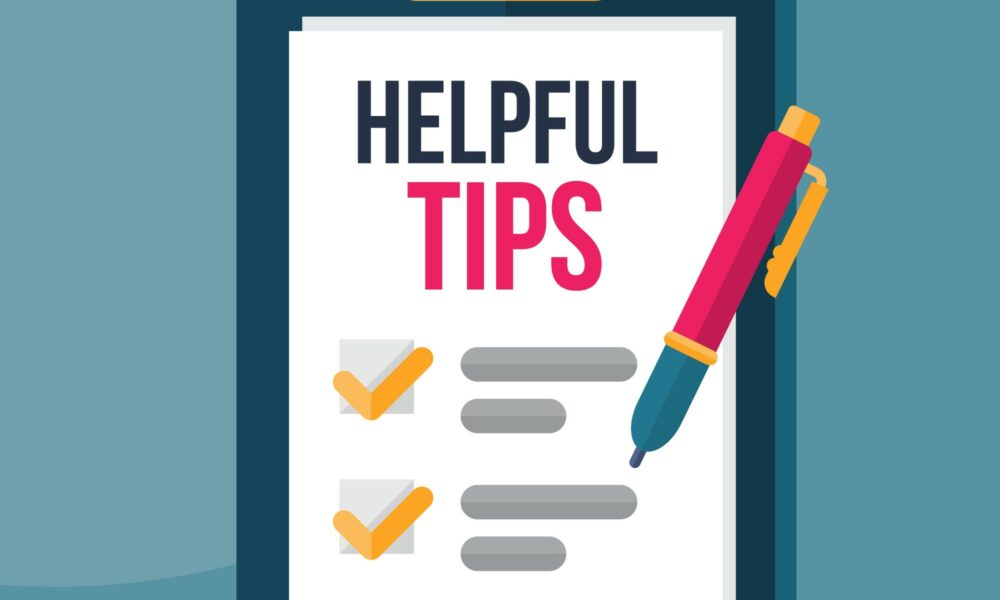Congratulations on embarking on your piano adventure! The online world unlocks a universe of possibilities for aspiring pianists. But before you dive into your first online piano lessons, it’s crucial to familiarize yourself with the piano’s layout and the language of music – musical notation. This guide will equip you with the foundational knowledge for a smooth and successful learn piano online experience.
Welcome to the Piano!
The piano, with its rows of black and white keys, might seem intimidating at first. But fear not! Here’s a breakdown of the piano layout:
- Keys: The piano consists of 88 keys – 52 white keys and 36 black keys. The white keys are called natural notes (C, D, E, F, G, A, B), and the black keys are called sharps and flats (depending on the context).
- Octaves: A group of 12 consecutive keys, including five white keys and seven black keys, is called an octave. Imagine each white key as the starting point of a new octave (C octave, D octave, E octave, etc.).
- Note Names: Each key on the piano has a unique name (C, D, E, F, G, A, B). Online piano classes will teach you these note names systematically, building your musical vocabulary.
Understanding Musical Notation:
Musical notation is the written language of music, allowing musicians to communicate and learn pieces from a score. Here are the basic elements you’ll encounter in online piano lessons:
- Staff: The staff is a set of five horizontal lines and four spaces between them. This is where musical notes are positioned to indicate their pitch (highness or lowness).
- Treble Clef: The symbol at the beginning of the staff (looks like a fancy G) is called the treble clef. In online piano lessons, you’ll primarily focus on the treble clef, which represents the right hand on the piano.
- Notes: Musical notes are represented by oval shapes placed on or between the lines of the staff. The position of the note on the staff determines its pitch. Online piano lessons will introduce you to different note values (whole notes, half notes, quarter notes, etc.), which indicate how long each note is held.
- Rhythm: Rhythm refers to the timing of notes. Online piano lessons will teach you how to read rhythmic symbols like time signatures and beams that group notes together.
Resources for Online Learners:
The beauty of online piano lessons lies in the abundance of resources available to support your learning:
- Interactive Piano Keyboards: Many online piano lesson platforms offer interactive keyboard simulations that light up the corresponding keys as you follow along with the lesson. This visual aid is invaluable for online learners.
- Notation Software: There are online notation software programs and apps that allow you to see and hear musical notation come to life. These can be helpful tools for practicing sight-reading, a skill commonly emphasized in online piano lessons.
- Online Music Theory Resources: Websites and apps offer free online music theory lessons and tutorials that can supplement your online piano lessons and provide a deeper understanding of musical notation.
The Journey Begins!
With a basic understanding of the piano layout and musical notation, you’re well on your way to embarking on your exciting online piano lesson journey. Remember, practice is key! Online piano lessons will provide a structured learning path, but don’t hesitate to explore and experiment at your own pace. The world of music awaits, ready to be unlocked by your fingertips!



